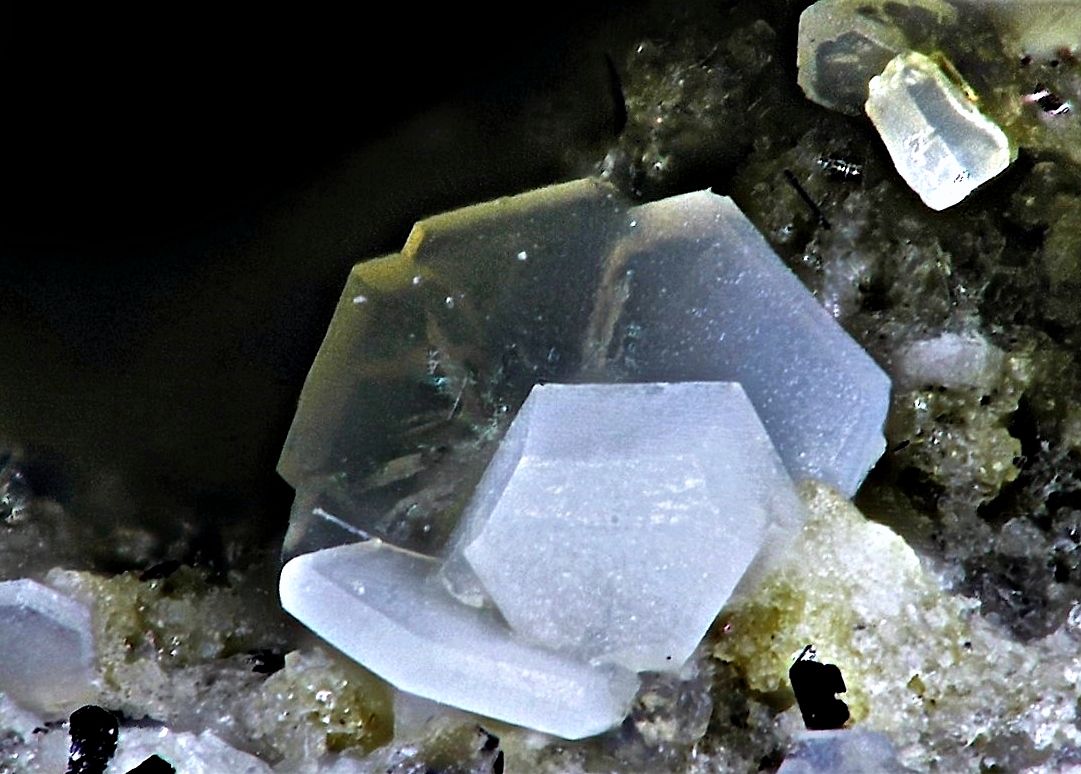Scientists have understood how rare tridymite crystals formed in the Gale crater on Mars. It was thrown out during the eruption of the lava from the reservoir located under the lake, which was then located in this area.

Rare Tridymite crystals
Among the samples that the Curiosity rover collected near Mount Sharp in Gale Crater, there are crystals that are quite rare on Earth. This is tridymite — a form of quartz, sometimes formed at high temperature.
On Earth, tridymite is usually found in areas formed by prolonged volcanic activity, when some minerals turn into others. However, the Gale crater does not belong to such. So, where tridymite came from in it remained unclear.
In order to solve this mystery, scientists examined both the samples collected by the rover and the terrain on earth where tridymite occurs. Thanks to this, they clearly established the conditions under which it is formed. In order to get this crystal, you need to heat quartz to 870 degrees Celsius. But already in 1470 it turns into Cristobalite.
Volcanic history of Gale Crater
Scientists have established that cristobalite together with tridymite present in Gale crater also found feldspar and opal. All these minerals clearly indicate the presence of volcanic action. In the end, scientists were able to get a picture of how everything was happening.
From 3 to 3.7 billion years ago, there was a reservoir of magma under the Gale crater. It was a lake at that time. Volcanic activity under it continued for quite a long time. Under these conditions, a process known as fractional crystallization took place below the surface. It led to the fact that silicon turned into different crystals at different points of the lava pocket.
This was followed by a powerful explosion that threw a large amount of volcanic ash with silicon-containing materials, including tridymite, into the waters of the lake. And then the work of the waves of the lake and the wind began, when it dried up, as a result of which these rare crystals concentrated in one layer, where they were found.
Rare tridymite crystals and the history behind them tell a lot about the volcanic past of Mars. Until now, it was believed that these processes were quite simple, but studies in Gale crater indicate that eruptions could take place in several stages.
According to www.sciencealert.com
Follow us on Twitter to get the most interesting space news in time
https://twitter.com/ust_magazine

